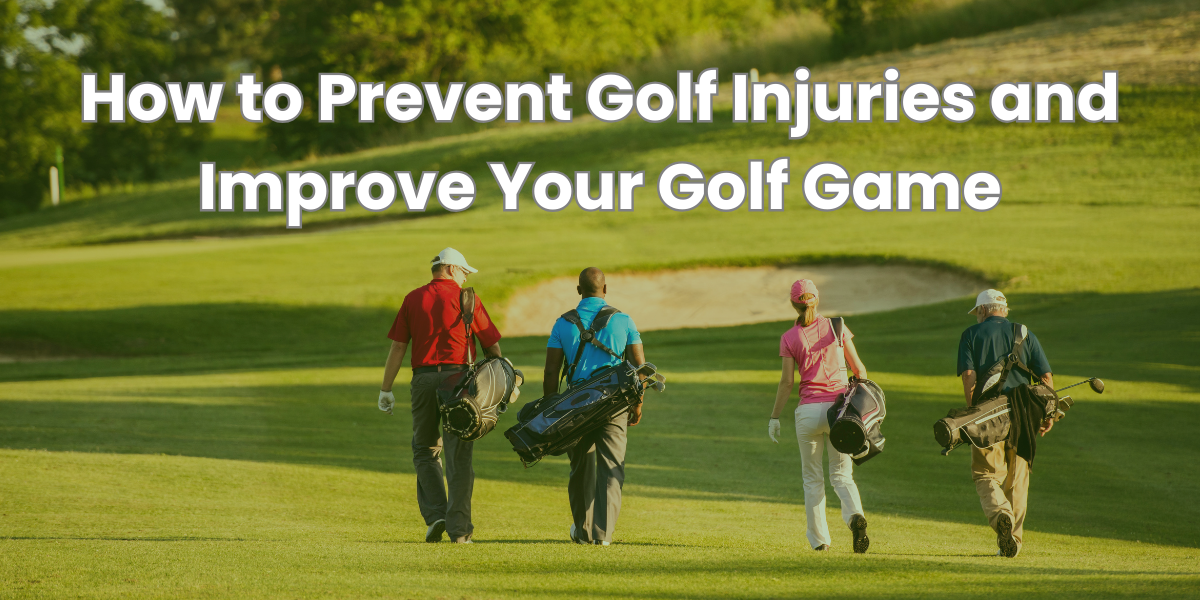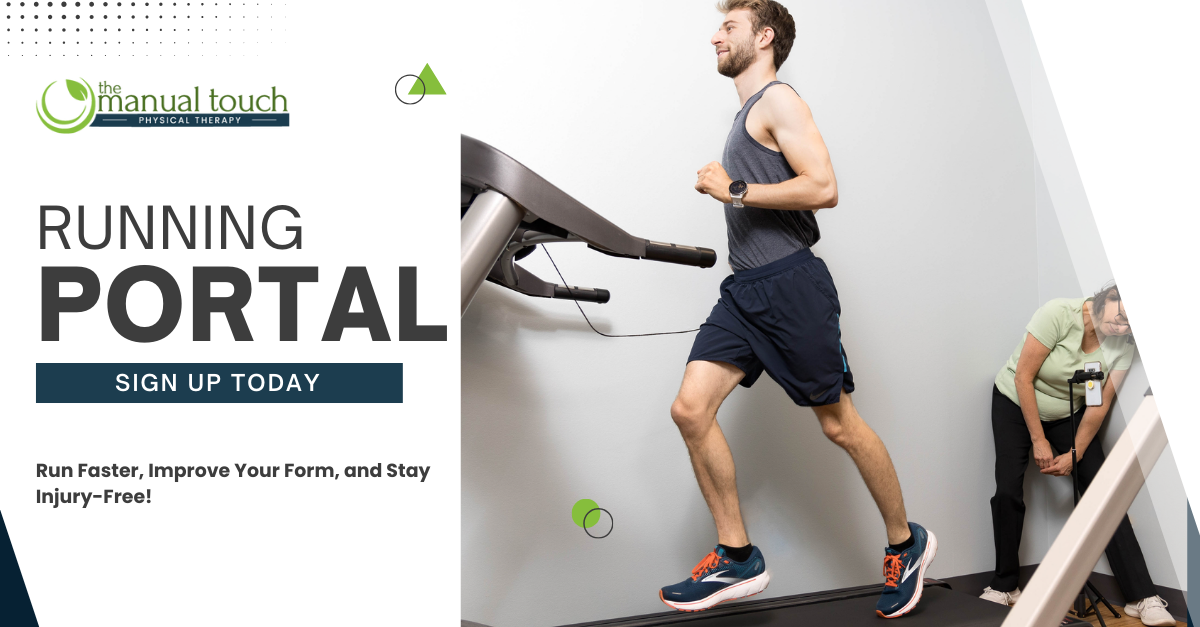It’s no secret that golf can be a challenging and frustrating sport. When I ask my golfer patients and friends how their game went, more often than not, they respond with “crappy.” But despite the difficulties, they continue to golf because they love the challenge and enjoy the sport, not worrying about perfection. And that’s truly a wonderful way to view the game.
Golf is different from other fast-moving sports like tennis, hockey, and soccer. In those sports, movements are subconscious, and choices are made instantaneously. While they require lots of practice and technique, golf allows you, the golfer, to take your time before even hitting the ball. This makes golf a technique-driven sport and one that you can enjoy for your entire lifetime. My 76-year-old patient, Dan, is a lifelong golfer, and he described how when he was younger, he played with power, but now he relies more on finesse. As we get older, it’s important to be proactive and prevent golf injuries before they happen. This will only improve your game.
When it comes to golf, there are a lot of techniques and nuances to keep in mind. Let’s break them down:
Setting Up The Shot:
- View where the ball is going
- Determine how far you need to hit the ball
- Choose the appropriate club for the distance
- Position yourself efficiently to hit the ball
- Find the right foot placement while bending over
- Consider the direction of your feet in relation to the ball
- Decide on foot position – turning them out or in
- Determine the distance between your feet
- Adjust for terrain surface, such as inclines, the rough, or sand
- Pay attention to your ankles and ensure they’re doing what they’re supposed to do
- Shift your weight appropriately during the swing
- Focus on turning from your hips, not your back
- Make sure your elbow is straight or flexed at the appropriate time
- Understand when to flex or not flex your wrist
- Keep your eye on the ball until you hit it
Ensure your shoulders, hips, and back have enough mobility for a good follow-through.
It’s no wonder my golfer patients and friends often feel overwhelmed! There’s so much to think about just to make one shot. With all these factors at play, it’s difficult to perform consistently. As you age, mobility, strength, and joint health naturally decrease, affecting your golf game.
Of course, there’s always the possibility of golf-related injuries. These include low back pain, shoulder pain, elbow pain, and knee pain.
But fear not! With any sport, good mobility, balance, strength, and neuromuscular control are keys to performing at your best and staying healthy. It’s also important to warm up your body by getting your blood flowing and muscles ready.
To help you prevent injuries and improve your performance on the golf course, I’ve put together some tips:
Before Playing:
- Take a 10-minute walk to warm up your body
- Perform mobility exercises to promote good hip, ankle, neck, and rib cage movement
- Try hip mobility exercises like holding a golf club overhead for different planes of movement
- Rock your ankles forward and backward, as well as side to side, to wake them up and improve their coordination with your body
- Do these exercises standing sideways on an incline to challenge your balance
Balance Exercises To Promote Weight Shifting:
- Sidestepping
- Standing on one leg and raising the other leg out to the side
- Small side lunges
Strength Exercises:
Neuromuscular Control Specific To Golf:
- Hold the club in the backswing position and step back and forward with the same side leg as the backswing, keeping your eyes on the ball on the tee
- Hold the club in the follow-through position and step back and forward with the opposite side leg
For higher quality and more in-depth explanation videos of the exercises check out our Running portal!
Do these exercises before you play golf, during your game, and even throughout your day to alleviate stiffness from sitting. By incorporating them into your routine, you’ll improve your ability to golf for a long time. Just ask Dan, who has seen great results by doing these exercises before golfing.
If you want to learn more about how to improve your golf performance or if you find yourself injured and want to get back to golf as soon as possible, give us a call. We’d love to help you out and get you back to doing what you love.








Leave a Reply